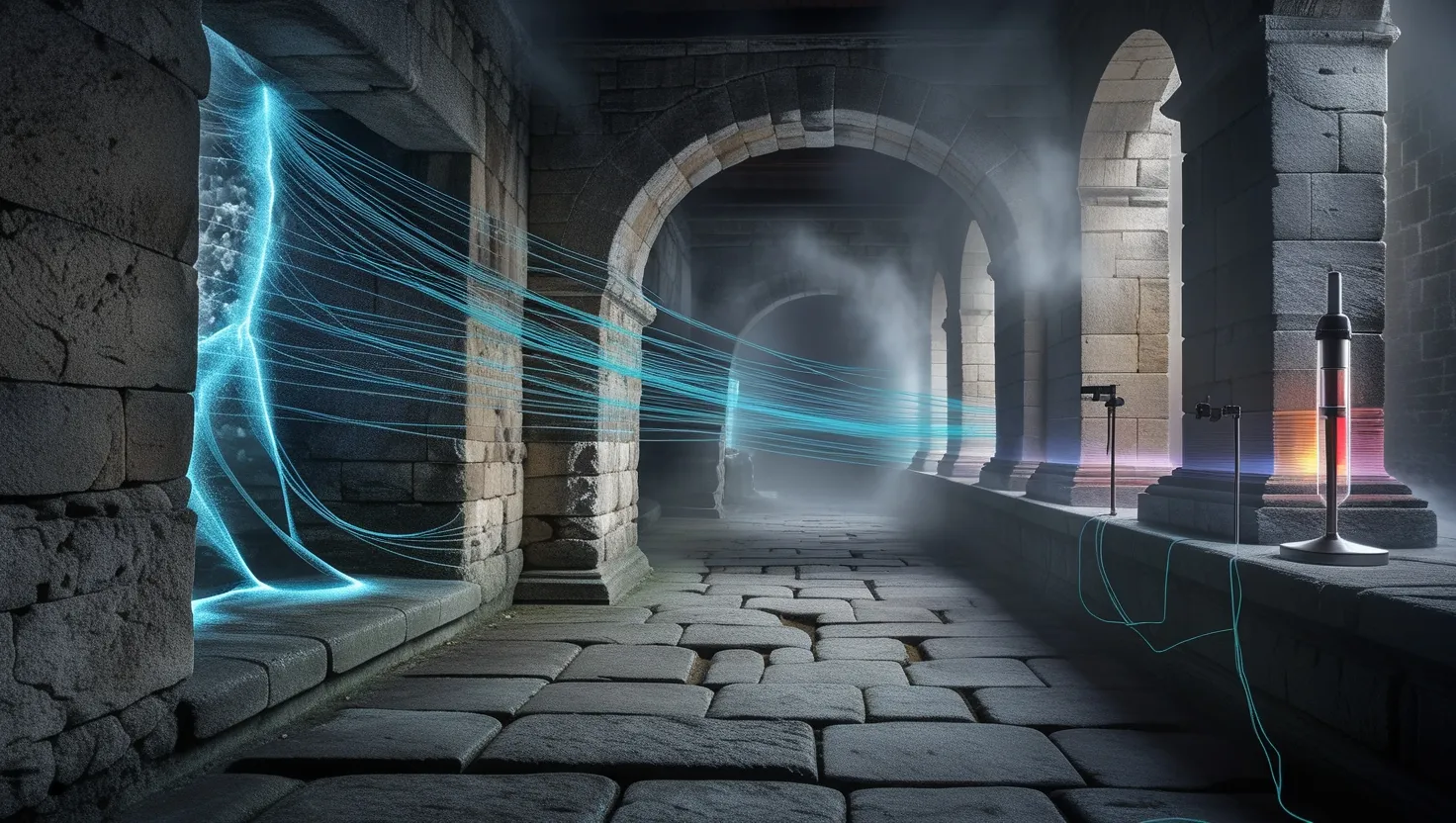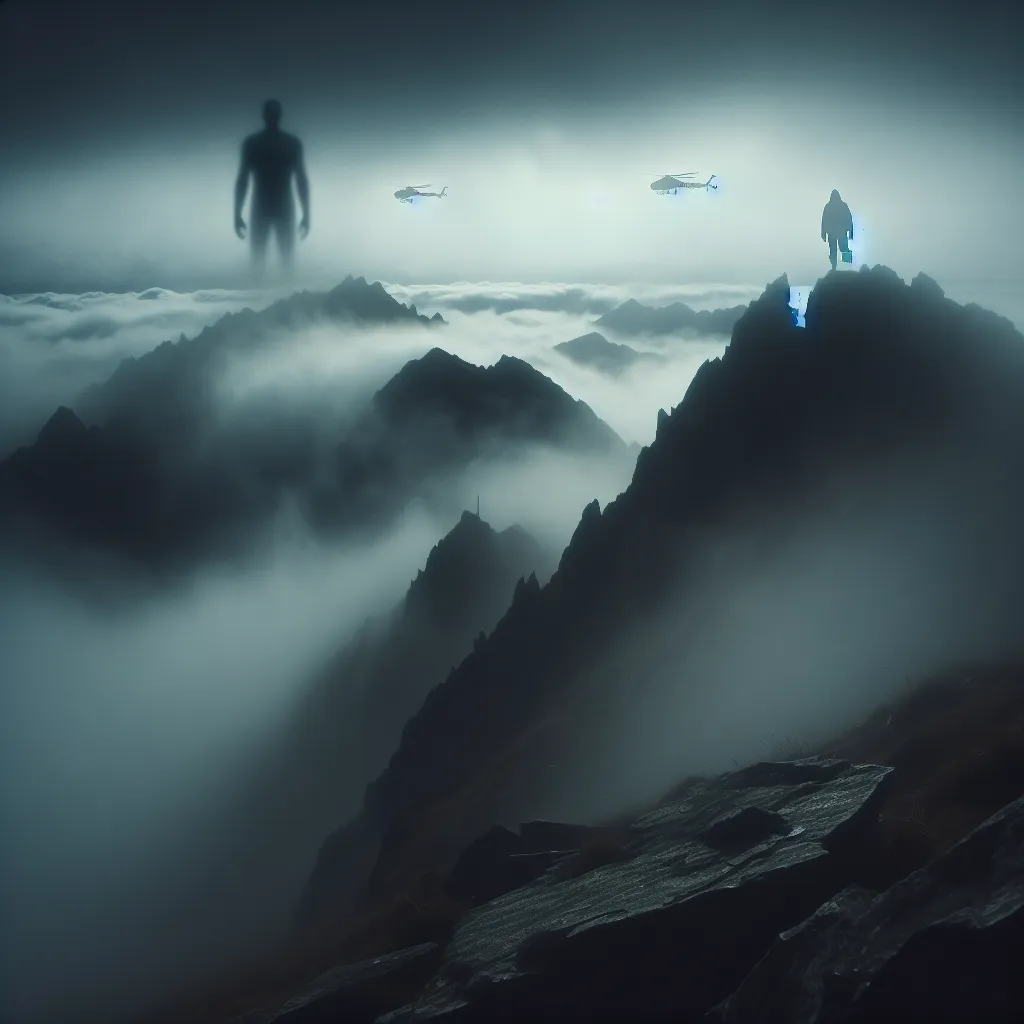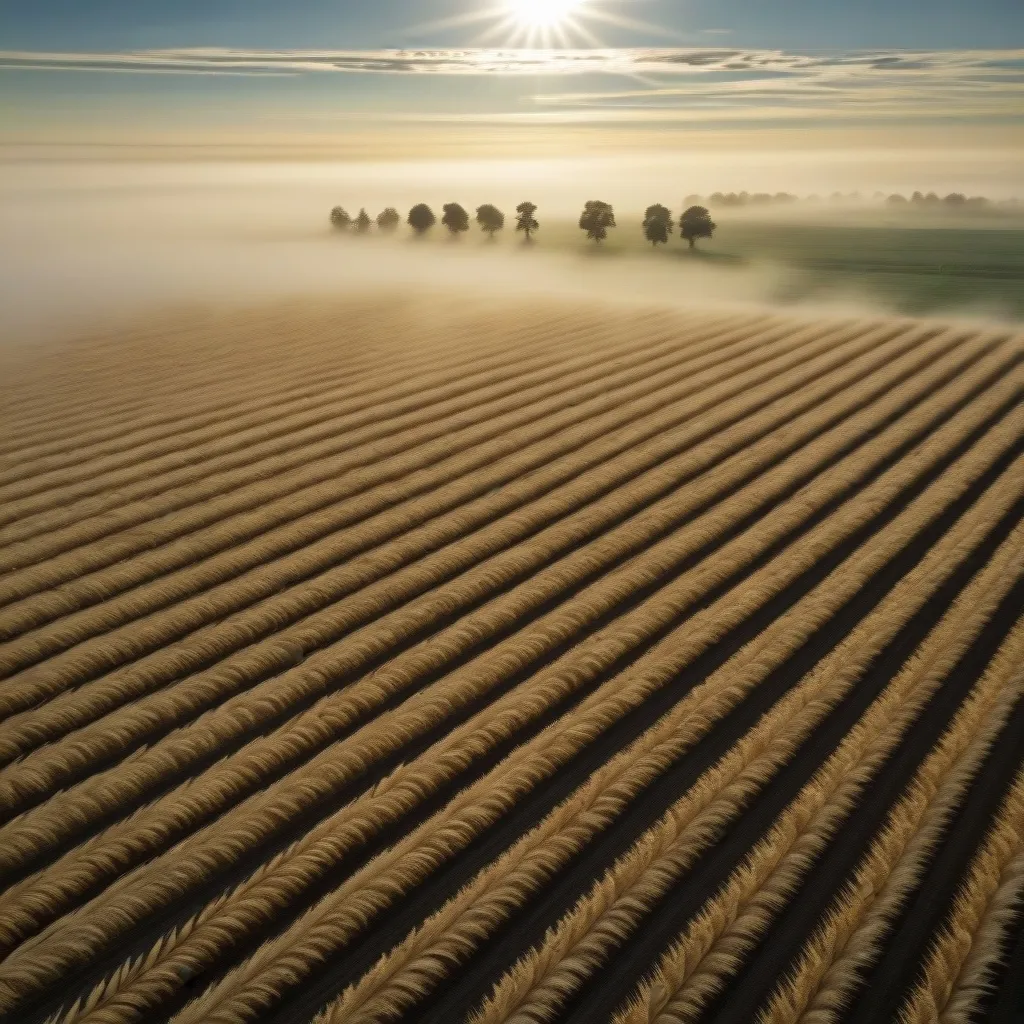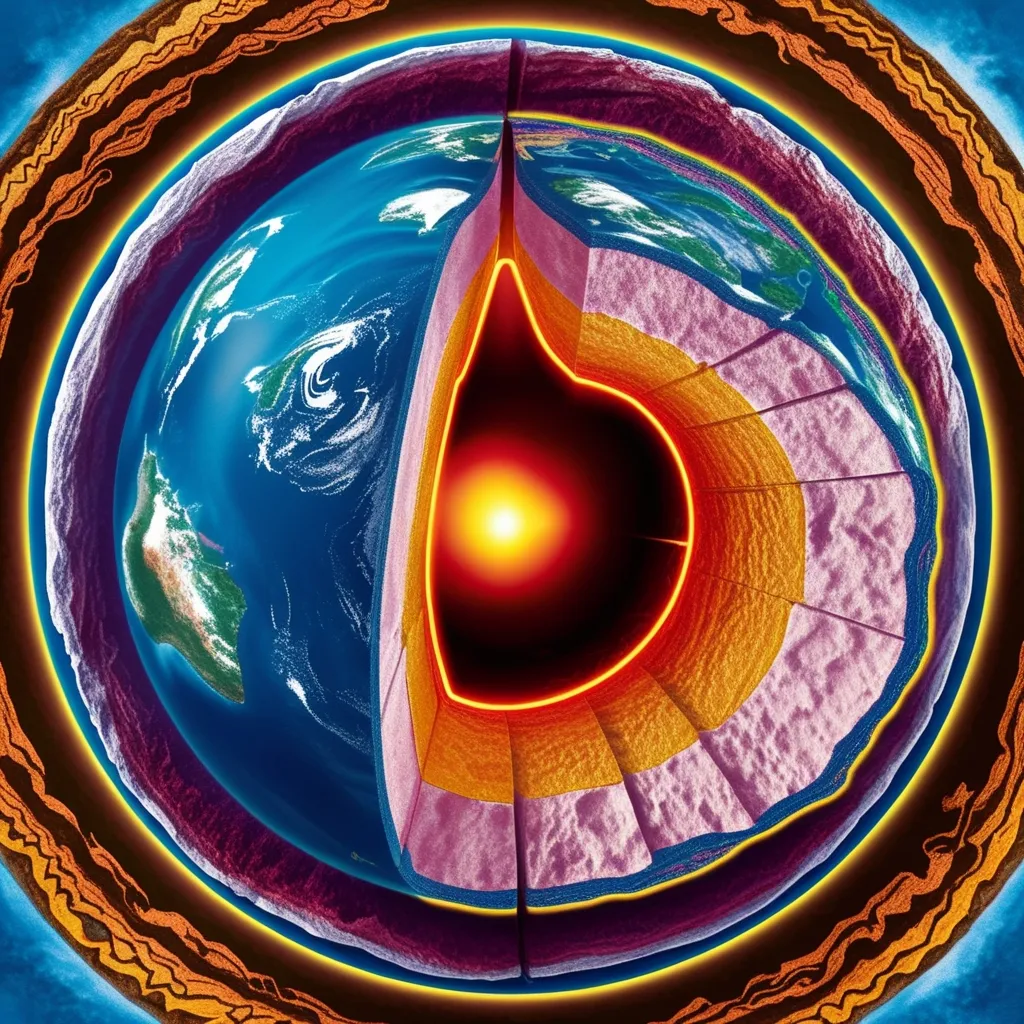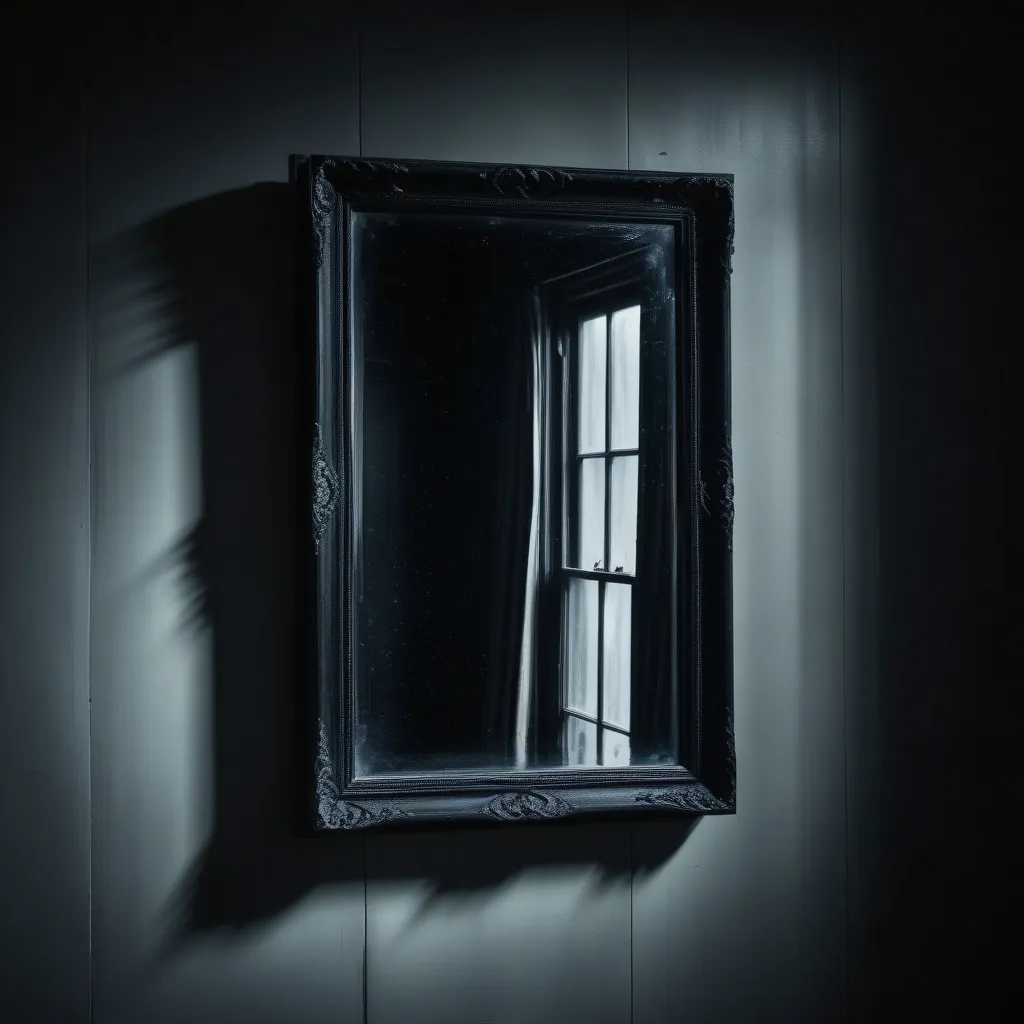Imagine walking through a corridor centuries old. Your footsteps echo on worn stone, when suddenly, you hear another set—faster, lighter, long gone. There’s no one there, but the air feels colder, as though history itself just brushed by. Now, what if I told you that within certain stones, history may be doing more than leaving a faint memory—it might be leaving a replay button? The “Stone Tape” theory suggests exactly that, proposing that certain environments record and replay past events in ways we’re only just beginning to notice, let alone understand.
This isn’t a subject prone to tidy explanations. What fascinates me—what probably draws you in too—is how these phenomena both resist and provoke scientific inquiry. Many people are familiar with ghost stories and apparitions, but few realize that some locations consistently produce measurable physical events. The stories become less about the supernatural and more about the puzzles of our physical world.
At England’s Hampton Court Palace, the notorious footsteps echoing through a particular corridor have unsettled staff and visitors alike. The sounds are not only heard, they seem to trigger an equally confounding drop in temperature—five to ten degrees colder than nearby areas. Investigators trying to document the cause went further: Their instruments recorded sudden electromagnetic surges in the same spot, at the same time as the footsteps. No equipment fault, no electrical source, and no person accounted for the effect. It begs the question: If energy leaves a trace, what mechanism preserves it so precisely, then releases it under such specific circumstances?
Think about the 1642 battlefield at Edgehill, where not just one but dozens of witnesses heard the cacophony of a long-finished war—drums, shouts, the clash of steel. Modern acoustic surveys of the area have found low-frequency resonances that defy easy categorization. These are not simply echoes rebounding off hills; instead, the sound signatures linger and reappear with a regularity unaccounted for by traditional acoustics. How is it that the ground itself seems to recall such chaos, sometimes centuries later, while similar landscapes elsewhere remain silent?
“To know what you know and what you do not know, that is true knowledge.” – Confucius
One of the things that’s become clear is that locations exhibiting these phenomena often have something in common: a significant presence of quartz or similar crystals embedded in their bedrock or structure. In Wyoming, a remote quartzite outcrop has long been a place where travelers claimed to hear the rattle and creak of 19th-century wagon trains, even when the land lay empty under the sun. When geologists tested the rocks, they uncovered an amplified ability to generate electrical currents under pressure—a process called piezoelectricity. But while this explains an energy shift, it doesn’t account for the complex, context-rich sounds observers describe. How can a random voltage spike reproduce the nuanced clamor of lost lives and forgotten voices?
If the idea sounds fanciful, consider this. Our own technology relies on crystalline structures for data storage and transmission. Quartz is inside every smartphone’s timing circuit, quietly counting nanoseconds. Magnetic tapes—once the backbone of recording—work because their structure can hold an imprint and release it upon command. What makes the Stone Tape phenomenon so perplexing is the lack of an obvious trigger and the persistence of the effect, sometimes for generations, without apparent energy input.
The Tower of London, perhaps Britain’s most storied fortress, offers more intrigue. Guards have long reported seeing the same spectral figure ascend a staircase, always at the same hour. In the 1970s, researchers equipped the site with sensors and documented sharp, short-lived drops in temperature and bursts of electromagnetic activity concurrent with these sightings. There’s no evidence that these readings are caused by anything other than the environment itself, yet they align unmistakably with witness accounts across decades—and, in some cases, centuries.
“Not everything that counts can be counted, and not everything that can be counted counts.” – Attributed to Albert Einstein
Why here? Why these stones? It turns out that while high quartz content is a recurring theme, the effect is not universal. Geological surveys reveal that, for every location vibrating with persistent echoes of the past, there are dozens with identical mineral profiles completely lacking in documented incidents. The missing factor might be extraordinarily subtle—unique stresses or microfractures, a precise blend of minerals, or even a particular sequence of environmental changes. Or could it be the traces of human emotion—intensity, tragedy, reverence—leaving an imprint deeper than mere physical force? How do emotional or psychological states interact with our physical environment, if at all?
Researchers attempting to reproduce the Stone Tape effect in the lab have exposed quartz blocks to high-voltage currents, sudden pressure, and pulsed sound signatures. They have succeeded in generating brief electromagnetic fields, but so far, nothing remotely resembling the detailed, lingering “replay” reported in the wild. No tape recorder, no video loop, no playback mechanism surfaces. The laws of thermodynamics demand that energy dissipates, information degrades, entropy increases. So, how does a hallway in a palace or a rock face on a prairie sidestep such universal principles, apparently storing bits of the past for centuries?
What we know is this: The phenomenon leaves traces that instruments can measure, not just imaginations. Magnetometers pick up spontaneous, coherent shifts in the field. Thermometers catch brief, sharp temperature plunges along specific axes. Sensitive microphones—used for infrasound recording—capture frequencies beneath the threshold of human hearing, which can trigger sensations of dread or déjà vu. Most fascinating of all, these traces don’t line up with obvious physical causes like drafts, shadows, or stray currents. They startle because they exist only at that place, only under certain conditions, and often only when people are watching or listening for them.
At this point, it’s tempting to look for answers somewhere between hard science and human perception. Is it possible that the effect is a marriage of environment and expectation—a place of intense history interacting with the psyche, priming people to detect faint, real signals that would otherwise blend into the noise? Cognitive scientists have shown that the brain is a natural pattern-seeker, so perhaps we amplify or even co-create these impressions. Yet, the physical signals recorded by modern sensors are hard to file under “coincidence” or “imagination” alone.
“Science is not only a disciple of reason, but, also, one of romance and passion.” – Stephen Hawking
Some researchers have mused that the conditions creating a Stone Tape effect are so rare and precise we may stumble upon them only by accident, and perhaps only in landscapes deeply marked by human experience—violence, sorrow, jubilation, ritual, or loss. If so, we may be looking not for a single scientific law, but for a confluence: geology, atmosphere, sonic landscape, and the living heartbeats of those who come to bear witness.
There remain many questions guiding my own curiosity: What, if any, role does water—flowing underground or pooled nearby—play in amplifying electrical forces within stone? Could oscillating weather, producing rapid expansion and contraction, act as a natural “power source” for these sites? Are we missing an entire category of information storage possible within common minerals, perhaps triggered by types of radiation or unknown fields?
Both skeptics and believers push for clarity, for a testable insight that would pull the Stone Tape phenomenon permanently into the light. Until then, the persistence of these residual hauntings will continue to puzzle and provoke. Each investigation, whether in the hallowed chill of an ancient corridor or the sunlit quiet of a windswept rock face, is a step closer to grasping how much we don’t yet know—about materials, about memory, about the thin threads connecting past, present, and observer.
So the next time you tread ancient stone, stay alert. Listen with all your senses, not just your ears. What kind of memory might be archived beneath your feet, waiting for just the right moment to resurface? Isn’t it worth asking, even if the answer lies just beyond our current reach?
“There are more things in Heaven and Earth, Horatio, than are dreamt of in your philosophy.” – William Shakespeare
